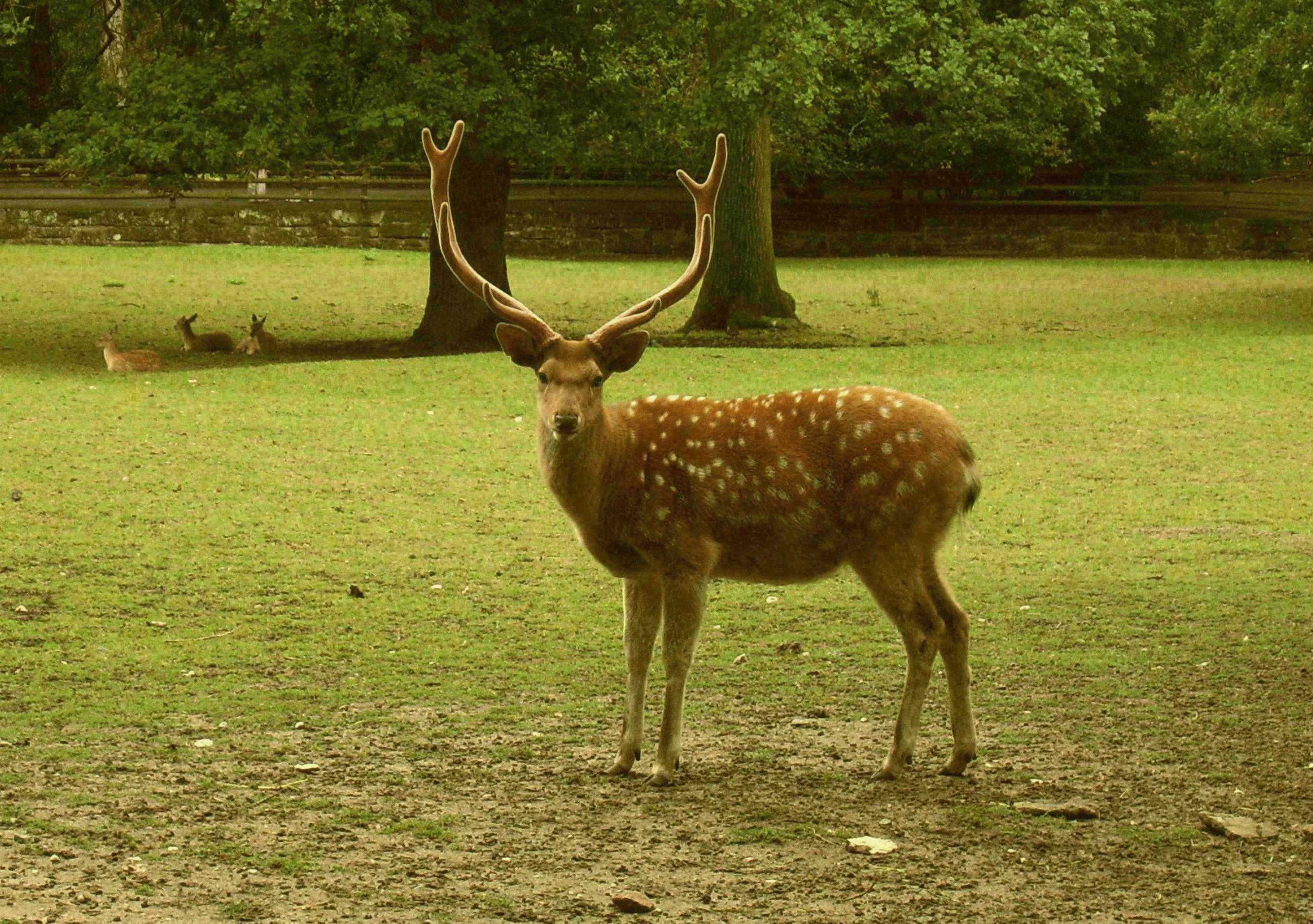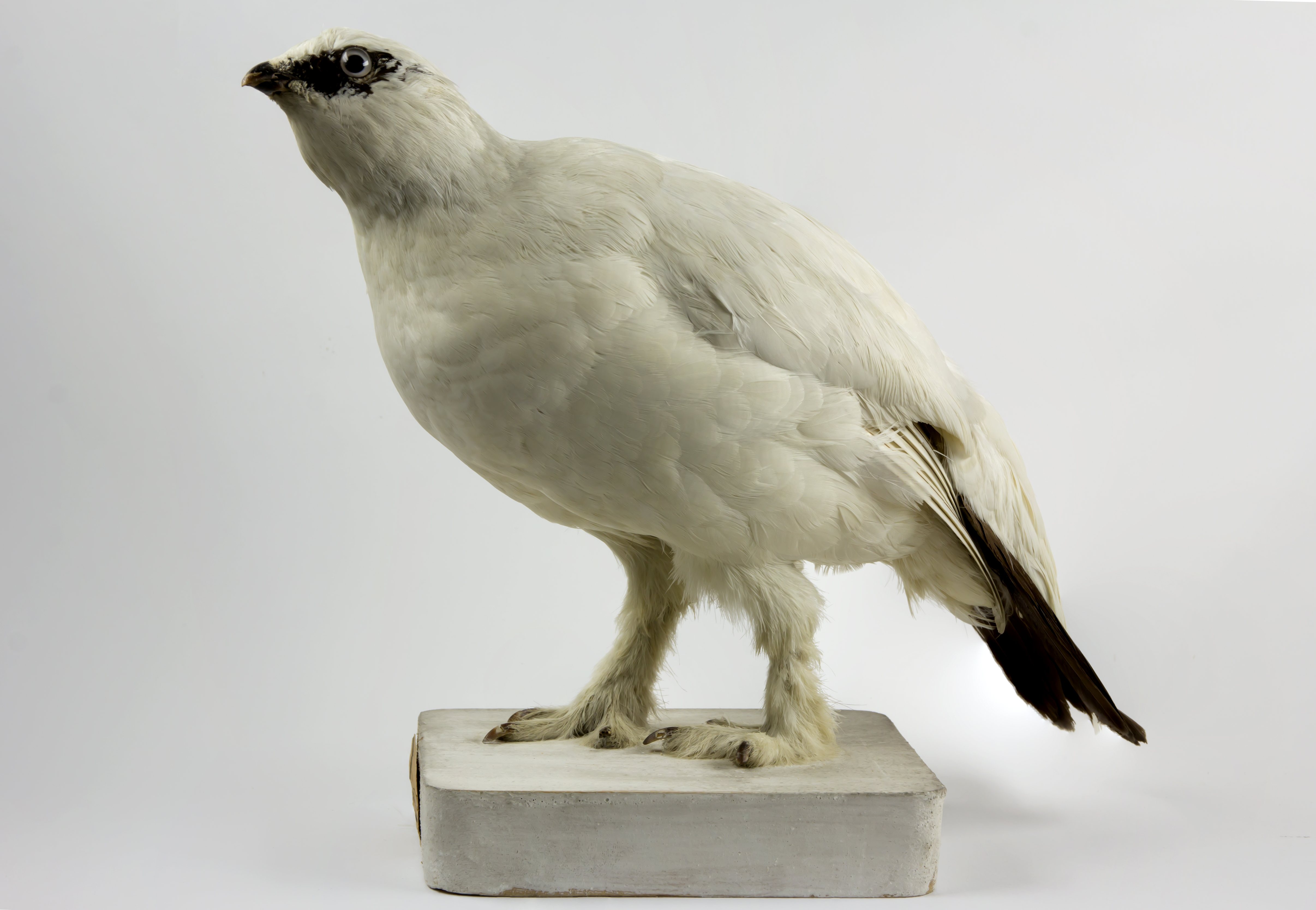|
Minami Alps National Park
is a national park in the Akaishi Mountains, Chūbu region, Honshū, Japan. The Minami Alps National Park was established on June 1, 1964. It extends along the border of Shizuoka, Yamanashi and Nagano Prefectures for a length of , and a maximum width of for a total area of . The Park is a very mountainous region, centering on the Akaishi Mountains with several noted peaks of over 3000 meters in height, including Senjō-ga-take, Kita-dake, Aino-dake, Shiomi-dake, Arakawa-take, Akaishi-dake and Hijiri-dake. The park also protects the headwaters of the Fuji River, Ōi River and Tenryū River. Flora in the park includes extensive stands of Japanese beech, Japanese stone pine and hemlock spruce. The largest fauna is the '' kamoshika'' and noted avian species include the ptarmigan. The park has minimal public facilities, and the only approach is by mountaineering. [...More Info...] [...Related Items...] OR: [Wikipedia] [Google] [Baidu] |
Honshū
, historically known as , is the largest of the four main islands of Japan. It lies between the Pacific Ocean (east) and the Sea of Japan (west). It is the seventh-largest island in the world, and the second-most populous after the Indonesian island of Java. Honshu had a population of 104 million , constituting 81.3% of the entire population of Japan, and mostly concentrated in the coastal areas and plains. Approximately 30% of the total population resides in the Greater Tokyo Area on the Kantō Plain. As the historical center of Japanese cultural and political power, the island includes several past Japanese capitals, including Kyōto, Nara, and Kamakura. Much of the island's southern shore forms part of the Taiheiyō Belt, a megalopolis that spans several of the Japanese islands. Honshu also contains Japan's highest mountain, Mount Fuji, and its largest lake, Lake Biwa. Most of Japan's industry is located in a belt running along Honshu's southern coast, from Tokyo to N ... [...More Info...] [...Related Items...] OR: [Wikipedia] [Google] [Baidu] |
Fuji River
The is a river in Yamanashi Prefecture, Yamanashi and Shizuoka Prefectures of central Japan. It is long and has a drainage basin, watershed of . With the Mogami River and the Kuma River (Japan), Kuma River, it is regarded as one of the three most rapid flows of Japan. The river arises from Mount Nokogiri (Akaishi), Mount Nokogiri in the Akaishi Mountains in northwest Yamanashi as the , and meets the Fuefuki River at the town of Ichikawamisato, Yamanashi, Ichikawamisato where it changes its name to the Fuji River. It then flows around the west foot of Mount Fuji and into Suruga Bay at its mouth in the city of Fuji, Shizuoka, Fuji. The banks of the Fuji River was the location of the Battle of Fujikawa in 1180, one of the most important early battles of the Genpei War. The Sengoku period warlord Takeda Shingen built extensive dikes along the Kamanashi portion of the river, which allowed water to flood buffer zones to control damage. These dikes still exist, and are called the . Flo ... [...More Info...] [...Related Items...] OR: [Wikipedia] [Google] [Baidu] |
List Of National Parks Of Japan
and of Japan are places of scenic beauty that are designated for protection and sustainable use by the Ministry of the Environment (Japan), Minister of the Environment under the of 1957. National parks are designated and in principle managed by the Ministry of the Environment. Quasi-national parks, of a slightly lesser beauty, size, diversity, or state of preservation, are recommended for ministerial designation and managed by the Prefectures of Japan, prefectures under the supervision of the ministry. History Japan established its first or public parks in 1873 (Asakusa Park, Asukayama Park, Fukagawa Park, Shiba Park, and Ueno Park). In 1911 local citizens petitioned that the shrines and forests of Nikkō, Tochigi#Historical sites and attractions, Nikkō be placed under public protection. In 1929 the National Parks Association was formed. In 1931 the first was passed. After much study and survey, in March 1934 the first parks were established — Setonaikai National Park, Set ... [...More Info...] [...Related Items...] OR: [Wikipedia] [Google] [Baidu] |
Japanese Alps
The is a series of mountain ranges in Japan which bisect the main island of Honshu. The peaks that tower over central Honshu have long been the object of veneration and pilgrimage. These mountains had long been exploited by local people for raw materials, including timber, fuel, fertilizer, fodder, meat, minerals, and medicines. Many visitors have come to the mountains for pilgrimage, especially to the Buddhist temples located within them and the sacred peak of Mount Tate. The name was coined by English archaeologist William Gowland, and later popularized by Reverend Walter Weston (1861–1940), an English missionary for whom a memorial plaque is located at Kamikōchi, a tourist destination known for its alpine climate. When Gowland coined the phrase, he was only referring to the Hida Mountains, but it now also applies to the Kiso Mountains and Akaishi Mountains. History The Japanese Alps has a long history before William Gowland established this name. The Japanese Alp ... [...More Info...] [...Related Items...] OR: [Wikipedia] [Google] [Baidu] |
Sika Deer
The sika deer (''Cervus nippon''), also known as the northern spotted deer or the Japanese deer, is a species of deer native to much of East Asia and introduced to other parts of the world. Previously found from northern Vietnam in the south to the Russian Far East in the north, it was hunted to the brink of extinction in the 19th century. Protection laws were enacted in the mid-20th century, leading to a rapid recovery of their population from the 1950s to the 1980s. Etymology Its name comes from , the Japanese word for "deer". In Japan, the species is known as the . In Chinese, it is known as due to the spots resembling plum blossoms. Taxonomy The sika deer is a member of the genus '' Cervus'', a group of deer also known as the "true" deer, within the larger deer family, Cervidae. Formerly, sika were grouped together in this genus with nine other diverse species; these animals have since been found to be genetically different, and reclassified elsewhere under different ... [...More Info...] [...Related Items...] OR: [Wikipedia] [Google] [Baidu] |
Wild Boar
The wild boar (''Sus scrofa''), also known as the wild swine, common wild pig, Eurasian wild pig, or simply wild pig, is a Suidae, suid native to much of Eurasia and North Africa, and has been introduced to the Americas and Oceania. The species is now one of the widest-ranging mammals in the world, as well as the most widespread Suina, suiform. It has been assessed as least concern on the IUCN Red List due to its wide range, high numbers, and adaptability to a diversity of habitats. It has become an invasive species in part of its introduced range. Wild boars probably originated in Southeast Asia during the Early Pleistocene and outcompeted other suid species as they spread throughout the Old World. , up to 16 subspecies are recognized, which are divided into four regional groupings based on skull height and lacrimal bone length. The species lives in matriarchal societies consisting of interrelated females and their young (both male and female). Fully grown males are usually s ... [...More Info...] [...Related Items...] OR: [Wikipedia] [Google] [Baidu] |
Asiatic Black Bear
The Asian black bear (''Ursus thibetanus''), also known as the Asiatic black bear, moon bear and white-chested bear, is a medium-sized bear species native to Asia that is largely adapted to an arboreal lifestyle. It is distributed from southeastern Iran, Pakistan, India and the Himalayas to Mainland Southeast Asia, the Korean Peninsula, China and the Russian Far East to the islands of Honshū and Shikoku in Japan. It is listed as vulnerable on the IUCN Red List, and is threatened by deforestation and poaching for its body parts, which are used in traditional medicine. Taxonomy Ancestral and sister taxa Biologically and morphologically, Asian black bears represent the beginning of the arboreal specializations attained by sloth bears and sun bears. Asian black bears have karyotypes nearly identical to those of the five other ursine bears, and, as is typical in the genus, they have 74 chromosomes. From an evolutionary perspective, Asian black bears are the least changed of th ... [...More Info...] [...Related Items...] OR: [Wikipedia] [Google] [Baidu] |
Mountaineering
Mountaineering, mountain climbing, or alpinism is a set of outdoor activities that involves ascending mountains. Mountaineering-related activities include traditional outdoor climbing, skiing, and traversing via ferratas that have become mountain sports, sports in their own right. Indoor climbing, sport climbing, and bouldering are also considered variants of mountaineering by some, but are part of a wide group of mountain sports. Unlike most sports, mountaineering lacks widely applied formal rules, regulations, and governance; mountaineers adhere to a large variety of techniques and philosophies (including grade (climbing), grading and climbing guidebook, guidebooks) when climbing mountains. Numerous local alpine clubs support mountaineers by hosting resources and social activities. A federation of alpine clubs, the International Climbing and Mountaineering Federation (UIAA), is the International Olympic Committee-recognized world organization for mountaineering and climbing. T ... [...More Info...] [...Related Items...] OR: [Wikipedia] [Google] [Baidu] |
Rock Ptarmigan
The rock ptarmigan (''Lagopus muta'') is a medium-sized game bird in the grouse family. It is known simply as the ptarmigan in Europe. It is the official bird for the Canadian territory of Nunavut, where it is known as the ''aqiggiq'' (ᐊᕿᒡᒋᖅ), and the official game bird for the province of Newfoundland and Labrador. In Japan, it is known as the ''raichō'' (雷鳥), which means "thunder bird". It is the official bird of Gifu, Nagano, and Toyama Prefectures and is a protected species nationwide. Unlike many arctic bird species, ptarmigan do not gain substantial mass to hibernate over winter. Etymology The ptarmigan's genus name, ''Lagopus'', is derived from Ancient Greek ''lagos'' (λαγώς ''lagṓs''), meaning "hare", + ''pous'' (πούς ''poús''), "foot", in reference to the bird's feathered legs. The species name, ''muta'', comes from Neo-Latin and means "mute", referring to the simple croaking song of the male. It was for a long time misspelt ''mutus'', in t ... [...More Info...] [...Related Items...] OR: [Wikipedia] [Google] [Baidu] |
Japanese Serow
The (''Capricornis crispus'') ( 羚羊) is a Japanese goat-antelope, an even-toed ungulate. It is found in dense woodland in Japan, primarily in northern and central Honshu. The serow is seen as a national symbol of Japan, and is subject to protection in conservation areas. Adult Japanese serow stand about tall and weigh . They are black to whitish, and colouring lightens in summer. The fur is very bushy, especially the tail. Both sexes have short, backwards-curving horns, and are difficult to distinguish by sight. Japanese serow are found in dense mountain forests where they eat leaves, shoots, and acorns. They are diurnal and feed in early mornings and late afternoons. Serows are solitary, or gather in couples or small family groups. The animal marks its territory with sweet-and-sour-smelling preorbital gland secretions, and males and females have separate territories that may overlap. In the mid-20th century, the Japanese serow was hunted to near-extinction. In 1955, th ... [...More Info...] [...Related Items...] OR: [Wikipedia] [Google] [Baidu] |
Spruce
A spruce is a tree of the genus ''Picea'' ( ), a genus of about 40 species of coniferous evergreen trees in the family Pinaceae, found in the northern temperate and boreal ecosystem, boreal (taiga) regions of the Northern hemisphere. ''Picea'' is the sole genus in the subfamily Piceoideae. Spruces are large trees, from about 20 to 60 m (about 60–200 ft) tall when mature, and have Whorl (botany), whorled branches and cone (geometry), conical form. Spruces can be distinguished from other Genus, genera of the family Pinaceae by their pine needle, needles (leaves), which are four-sided and attached singly to small persistent peg-like structures (pulvini or sterigmata) on the branches, and by their seed cone, cones (without any protruding bracts), which hang downwards after they are pollinated. The needles are shed when 4–10 years old, leaving the branches rough with the retained pegs. In other similar genera, the branches are fairly smooth. Spruce are used as food pla ... [...More Info...] [...Related Items...] OR: [Wikipedia] [Google] [Baidu] |
Pinus Pumila
''Pinus pumila'', commonly known as the Siberian dwarf pine, dwarf Siberian pine, dwarf stone pine, Japanese stone pine, or creeping pine, is a tree in the family Pinaceae native to northeastern Asia and the Japanese isles. It shares the common name ''creeping pine'' with several other plants. Description The Siberian dwarf pine is a coniferous evergreen shrub ranging from in height, exceptionally up to , but may have individual branches that extend further along the ground in length. In the mountains of northern Japan, it sometimes hybridizes with the related Japanese white pine ('' Pinus parviflora''); these hybrids (''Pinus'' × ''hakkodensis'') are larger than ''P. pumila'', reaching tall on occasion. The leaves are needle-like, formed in bundles of five and are 4–6 centimeters long. The cones are 2.5–4.5cm long, with large nut-like seeds ( pine nuts). Distribution The range covers the Far East, Eastern Siberia, north-east of Mongolia, north-east of China, ... [...More Info...] [...Related Items...] OR: [Wikipedia] [Google] [Baidu] |









